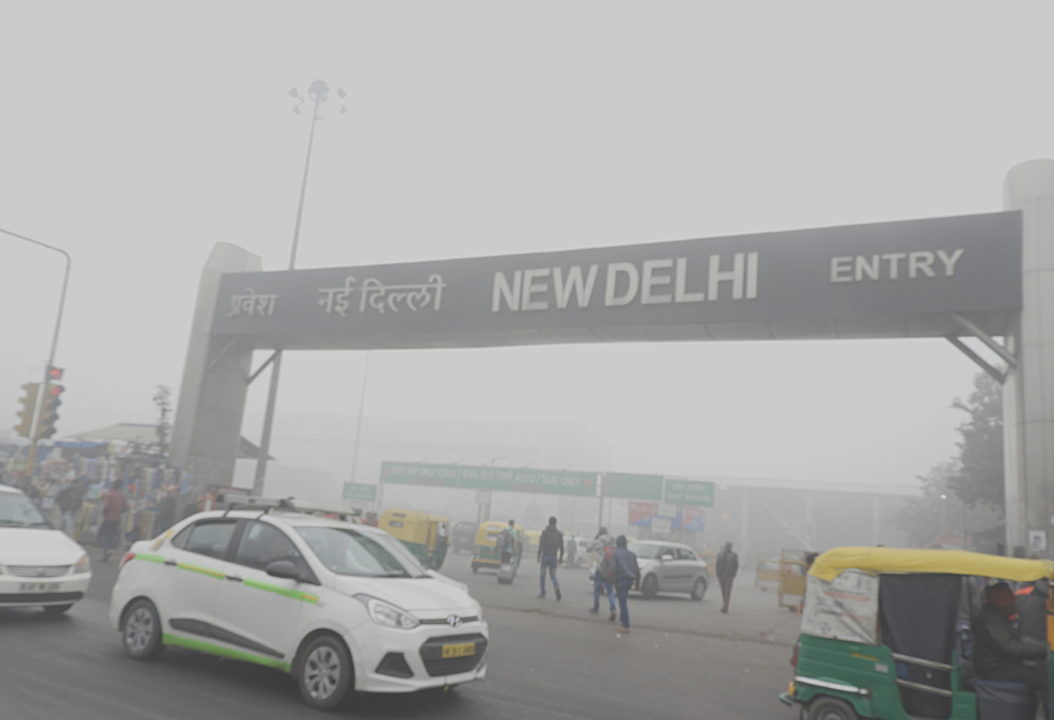
NEW DELHI: As the blanket of dust and smog covers Delhi, the residents complained feeling ‘suffocated’ as the air quality dipped in Delhi to enter the ‘very server category’ on pollution measuring meters.
The Air Quality Index (AQI) measured reading of 312 on Thursday, October 17, and the Center-run System of Air Quality and Weather Forecasting and Research (SAFAR) advised sensitive people or the ones suffering from diseases like asthma to avoid morning walks or any other outdoor activities.
Due to this increased pollution, the city reported a spike in respiratory problems and cough and eye infections among adults. Ravinder Kumar, a resident of Delhi told ANI, “The pollution has increased in the past three days. I am feeling very suffocated. There is so much haze everywhere.”
An analysis of the Delhi Pollution Control Committee (DPCC) shows that there was a steep rise in PM 10 and PM 2.5, over the past five days, when compared to the pollutant measures in the first week of October. PM 2.5 recorded on October 17 was 270.86.
Dr Bhure Lal, Chairperson, Environment Pollution (Prevention and Control) Authority said that PM 10 levels have increased because of dust emissions. Construction material kept in open and roadside dust are major contributors in increasing PM 10 levels. In a series of inspections, huge amount of dust was found in the air.
The Delhi witnesses a rise in pollution level during this time of the year due to seasonal wind direction change, combined with local pollution emissions and the stubble burning in the neighboring states. During this time the wind patterns change and the wind blows from the northwest, bringing pollutants such as smoke from neighboring areas, to Delhi with it. The AQI on Tuesday, October 15 was 270. As per the scale, AQI is considered ‘good’ between 0 and 50, AQI between 51 and 100 is ‘satisfactory’ and between 101 and 200 is considered ‘moderate’. Whereas, AQI levels between 201 and 300 are considered ‘poor’, between 301 and 400 ‘very poor’, above 400 it is termed ‘severe’.

